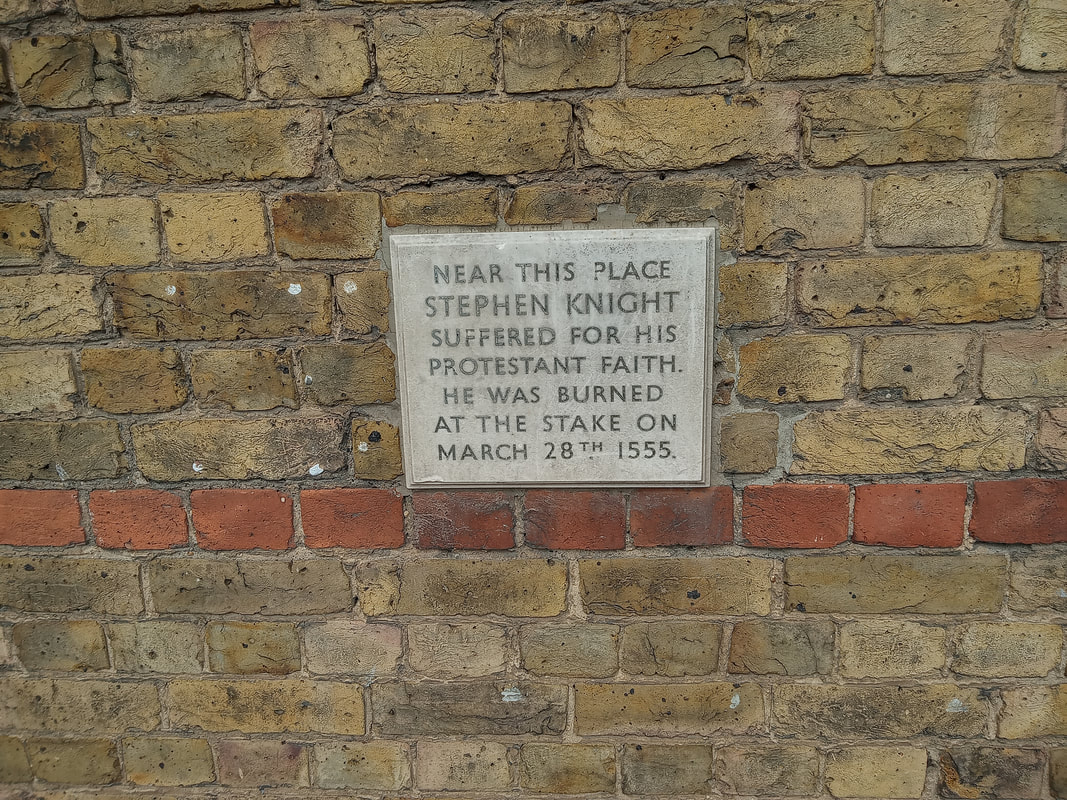Religious persecution under Mary 1 in the Mersea area This week Christians remember the crucifixion and resurrection of Christ – the two most central aspects of the Christian faith
0 Comments
|
AuthorI am currently working on a number of history projects - one is one looking at Christianity on Mersea Island in the first 1,000 years (i.e. prior to the Norman Conquest) Archives
March 2024
Categories |

 RSS Feed
RSS Feed
